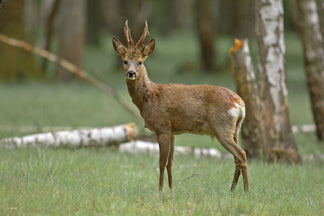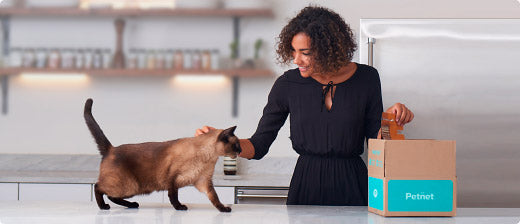We often say that reading a pet food label shouldn’t be rocket science even though it seems that you need a Ph.D. to figure out what is in your pet’s food. Pet food labels are long and confusing to most people, yet, it is very important to be able to understand exactly what is in your pet’s food so that you can make sure they are getting the best food possible. Unfortunately, there are many pet food ingredients that are “questionable”, and offer little or no nutritional value - even worse, can potentially adversely impact your pet’s health.
Dogs and Cats are Natural Meat Eaters
It is worth remembering that both dogs and cats are naturally meat eaters and their bodies were meant to process diets high in protein and fat. While dogs have adopted somewhat to a more varied diet, and thus are sometimes classified as more omnivorous, cats are obligate carnivores. In either case, protein and fat are the macronutrients of choice for most normally healthy pets.
Besides looking at the macronutrient content of the pet food, it is advisable to learn to spot the questionable ingredients that are in the food. The name of the food and its color and the pretty label picture alone are not reliable indicators of what is actually in the food.
Fortunately, the pet food industry has evolved and higher quality brands have become more readily available. We can now find all sorts of good and healthy things in our pet’s food like, whole proteins, high quality fats, and carbohydrates like canola oil or sweet potatoes, vitamins and various herbs such as rosemary or sage that act as anti-inflammatories.
But there is still a long list of questionable ingredients that are added to some pet foods.
Here are some of the preservatives and coloring agents that should be avoided:
- Ethoxyquin: a pesticide and has been linked to cancer.
- Propylene glycol: an ingredient found in anti-freeze.
- Butylated hydroxyanisole (BHA) and Butylated hydroxytoluene (BHT): both are suspected of being cancer causing agents.
- Tertiary Butylhydroquinone (TBHQ ): a form of butane that is used to make varnish and resins.
- Red #3 or Red 40: red food dye to make the kibbles ‘red’ like meat. It has been linked to cancer in rats.
Feeding your pet any one of these over long periods of time, even if in the small amounts that are typical in pet food, can result in health problems for your pet down the road. One additional comment on ethoxyquin. It is a controversial ingredient because it has been reported to be used as a preservative in some ‘meal’ (e.g. fish meal) formulations that are used in some food recipes. Due to the current regulations, the ethoxyquin in meals need not be reported on the label (and in some cases, the pet food manufacturer might not even know for sure if it is in the meal that they purchase from their suppliers).
The SmartFeeder software is designed to alert you when these artificial chemical additives and other lower quality ingredients are included in the ingredient list of your pet’s food. We make it easy to determine if there are better food choices for your pet so that you don’t need that Ph.D. to figure it out yourself.


 Food
Food
 Food
Food
 Food
Food
